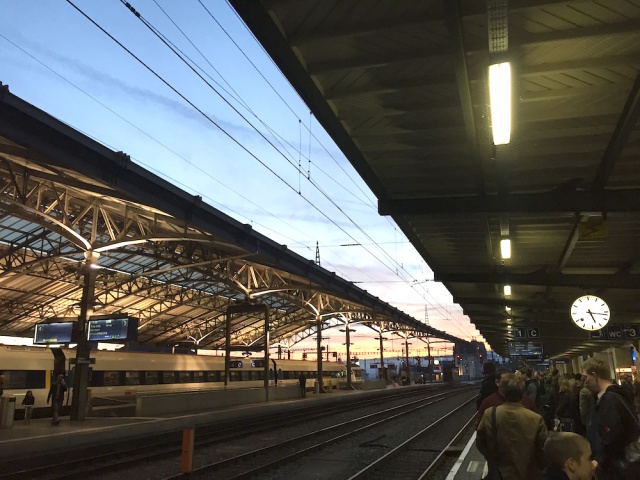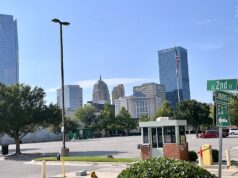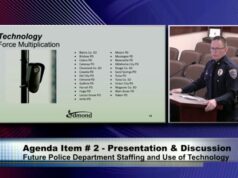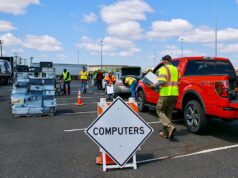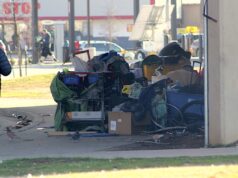
LAUSANNE, Switzerland — If I told you I had one simple and guaranteed method for reducing the OKC metro’s traffic congestion, traffic accidents, traffic deaths, and drunk driving, while at the same time creating jobs, helping the the economy, reducing carbon emissions, relieving strain on busy working adults and increasing mobility for the elderly and disabled, you’d be interested, right?
This magic solution is not so magical at all. Trains. That’s it. Oklahoma needs trains.
Hear me out. If the Oklahoma City metro area installed commuter trains to connect neighboring towns and suburbs — and even the state’s next largest city, Tulsa — the benefits would trickle down in these communities with almost no end.
Number one and most obviously, trains reduce the number of cars on the road, and so reduce rush-hour congestion and commuting time. That, in turn, reduces traffic accidents and deaths.
Beyond rush hour, if college kids and young adults (and older adults, for that matter) could take the train for a night out in Bricktown, and take a train home again, we would reduce the number of drunk drivers operating on our roads, particularly our highways.
Teenagers who are too young to drive could take the train to meet their friends and see a movie, or go to a Thunder game, or shop at the mall, thereby reducing the stress on their busy working parents who must shuttle them around between activities.
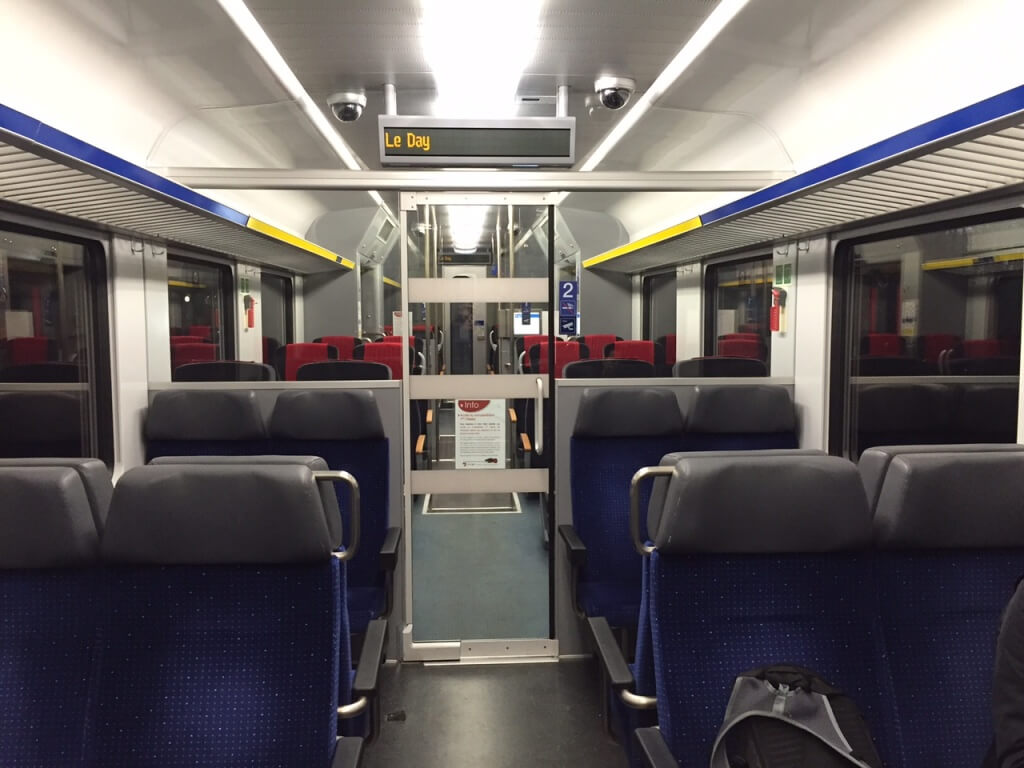
If elderly adults, or anyone disabled who can no longer safely operate a car, could take the train to the grocery store, or to meet a friend for coffee downtown, or to visit their children one or two towns away, they could remain connected to their community with lower dependency on others.
Trains would likely even help Oklahoma’s economy because people in surrounding areas would be more willing to take jobs in OKC if their commutes would be easier and faster than driving. People would go out more often to experience nightlife, with the assurance of having a safe and fast way to get home.
This vision is not out of reach. It already exists here in Europe, where it seems every town with at least 500 residents has its own train station, connecting small villages to the larger villages which connect to the towns and the cities in a cascading stream. It’s true that most European metropolitan areas are more densely populated than Oklahoma, but there is still a lot of no man’s land, and even no man’s land has public transport.
How do I know it works? Because I’ve seen and lived both. Switzerland has an extensive passenger railway network with modern trains that leave and arrive with uncanny punctuality. Trains are a regular part of my life, for taking a night out in Geneva, for hitting a festival 30 miles away, for traveling to Zurich on a weekend, or for going to Milan or Paris on work.
When I go home to Norman, I find it astonishing that my only choices for a night out with my friends in Oklahoma City are to drive myself there and back or take a $120 round-trip taxi ride. Uber and Lyft undercut the cost somewhat, but it still involves a car on the road. Why is there not a mass-transit option like a simple direct train for the 20 minute straight shot into OKC? The existing Embark bus service doesn’t cut it.
The great news is that some OKC metro leaders are starting to think this same way, as local mayors are in discussion to develop a regional transit authority with the main goal of implementing local train service in the Oklahoma City metro area. The bad news is that a private venture called the Eastern Flyer — intended to connect a Tulsa suburb with an OKC suburb — has failed to leave the station.
Still, Oklahoma leaders should be supporting trains, which also reduce our carbon impact on the environment. First, mass transit will always be better than individual cars, simply because putting many people together on one machine is more efficient. Additionally, most trains now are electric, meaning they produce significantly fewer emissions than cars. In Europe, trains run exclusively on electricity, with thousands of miles of overhead electric cabling crisscrossing the countryside. This makes the trains astoundingly quiet with no carbon emissions (except for possibly the plant used to generate the electricity, although Europe has done an excellent job of converting to renewable energy).
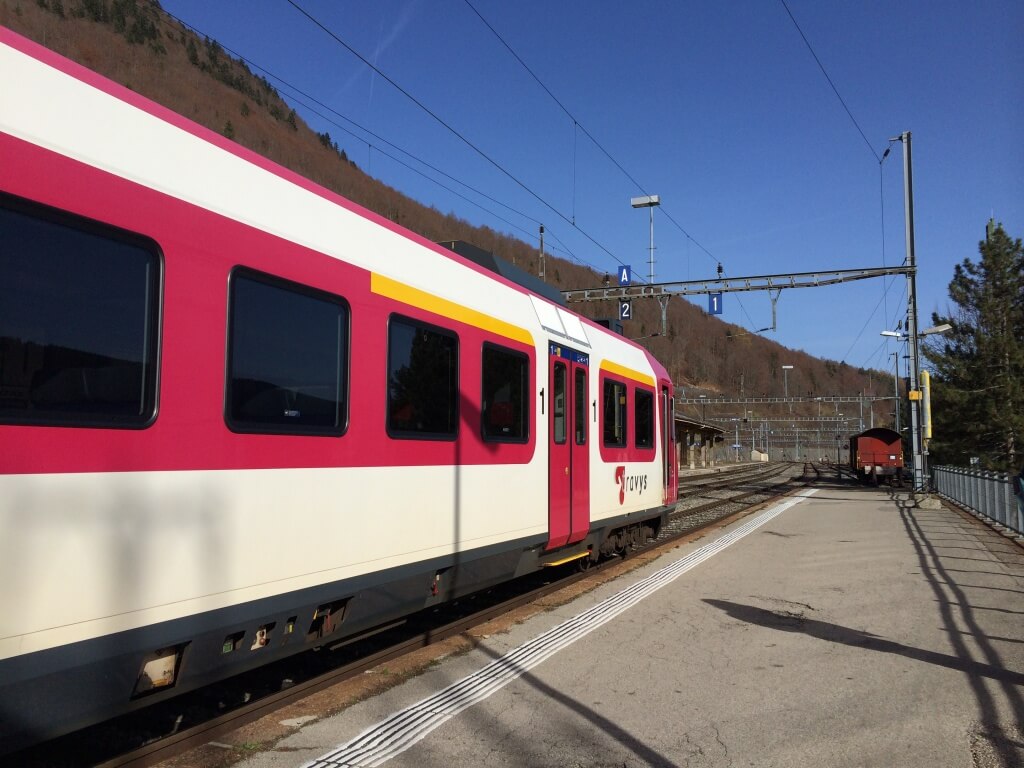
The cost to build and operate train networks remains the biggest barrier to reaping all these benefits, and Oklahoma leaders just announced a likely revenue failure Tuesday. Meanwhile, the money required to build new tracks and stations in the OKC metro (and Tulsa) could easily run into the hundreds of millions or billions, and Congress also does not seem prepared to provide that type of federal funding at the moment. Even the existing Heartland Flyer may require more funding than the state of Oklahoma has been providing.
With enough ridership, however, European systems have found ways to be profitable.
Still, just because something would be difficult is hardly a reason not to do it. The construction involved in creating passenger stations and new rail lines would mean hundreds of jobs for the metro area in the short term. In the long term, there would be jobs working for the railway company directly, as train drivers, conductors, stewards and maintenance workers.
But a second difficulty worth consideration would be security. Since anyone can climb aboard without identity checks, European trains have started to see the same problems air travel faced 50 years ago before passport identity checks became mandatory. Bombs and guns find their way onto trains, wielded by men with a point to prove and a fight to pick, and usually with extremist religious ties. The 2004 bombings in the Madrid train station and the attempted August 2015 shooting on a train from Belgium to Paris highlight how easily and unpredictably security concerns can arise. This has made train travel more worrisome than it used to be and led Madrid to install luggage X-ray machines at its main train station for long-distance destinations. (Amtrak trains on the east coast of the U.S. allow only ticketed passengers on the platform, which helps some but doesn’t totally solve the security problem because they are not scanning the luggage.) However, the danger is no greater than on any of the many subway lines throughout the country, and common sense and basic security minimize the risk.
In my idealized vision of train service in Oklahoma — in which every town has a working train station — you could go from Chickasha to Woodward or Lawton to Stillwater solely by train in less time than it would take you to drive.
That reality might be years away, but we have to start somewhere.








